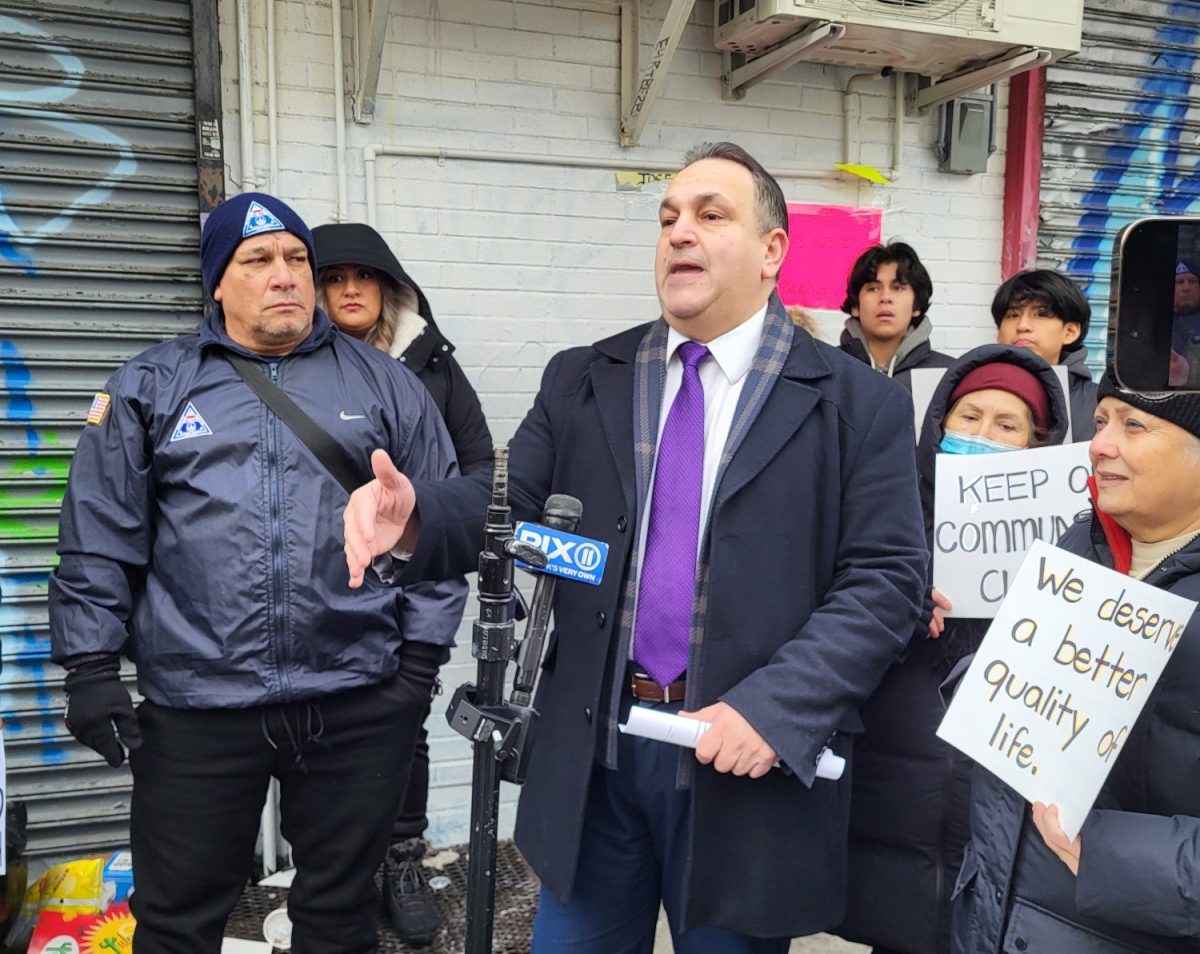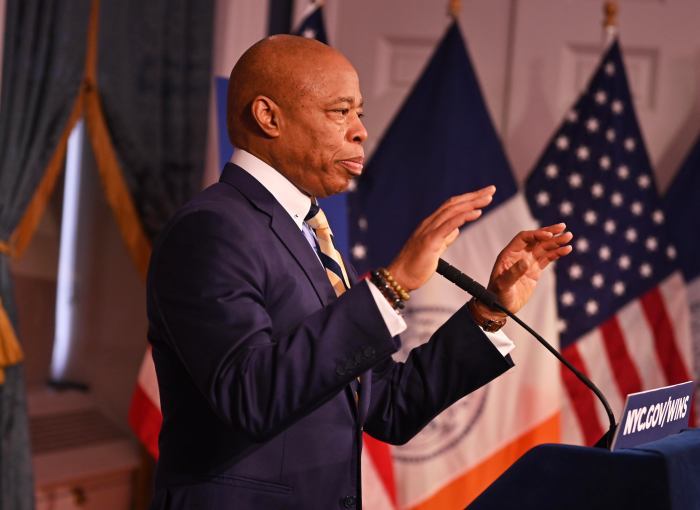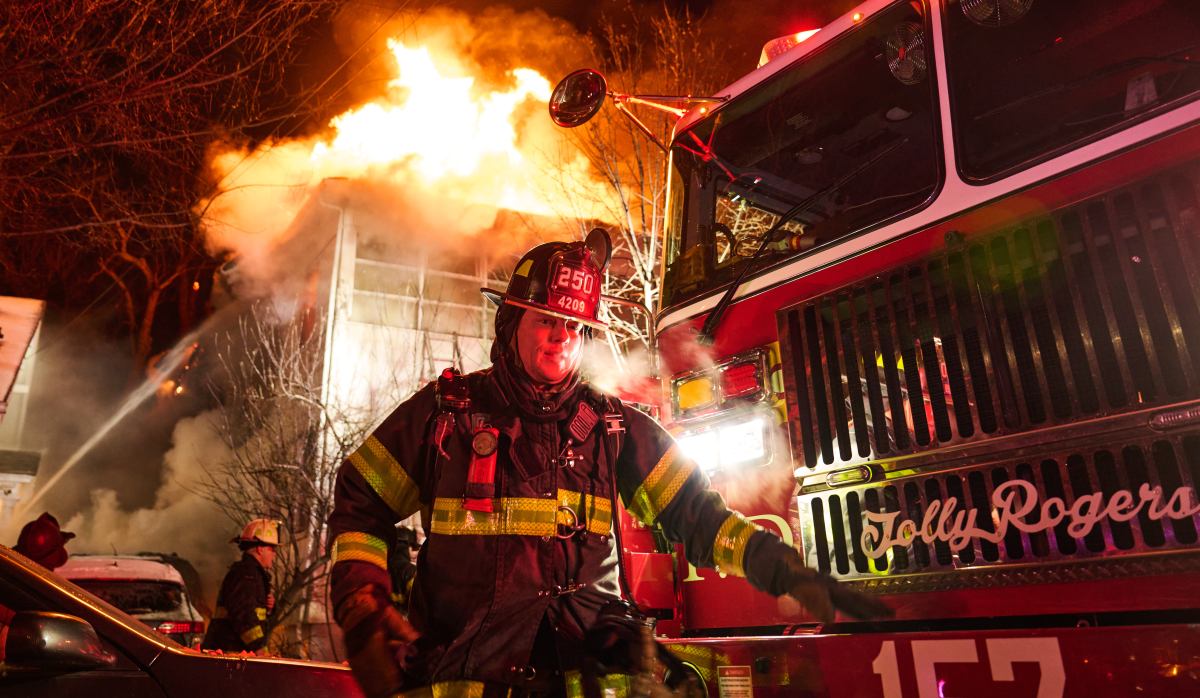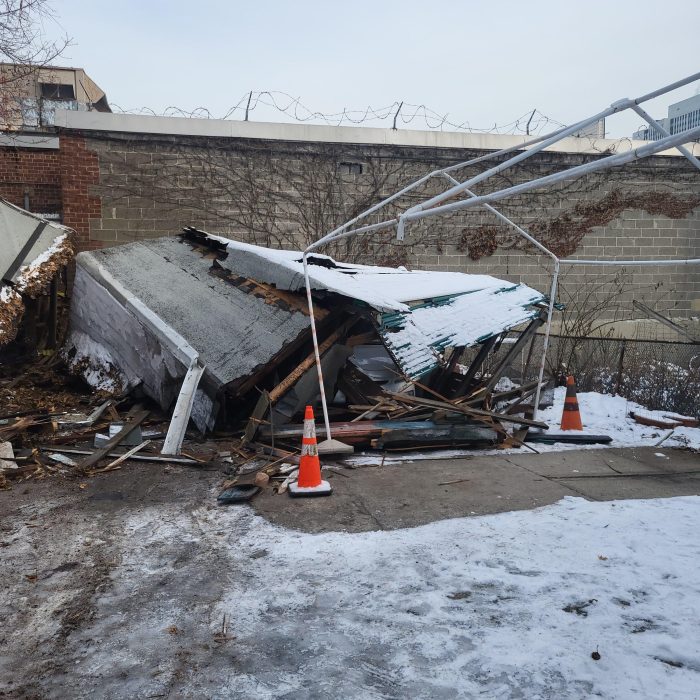Comptroller Scott Stringer said Monday his office will investigate how the city responds when it learns a child has elevated blood lead levels, including its protocols for assessing hazards in private and public housing, day cares, parks and other facilities.
Citing a poor track record of handling and communicating concerns at the New York City Housing Authority, Stringer said he wants to ensure the city is responsibly alerting the public to lead paint hazards and treating them throughout the boroughs.
“What’s happening in NYCHA could be happening in other buildings around the city,” Stringer said at a news conference. “We want to make sure that when a high level of lead paint is discovered in a child, in this case 5 micrograms per deciliter, we then want to know what the follow-up is.
“The goal of the investigation is to protect children and end the bureaucratic dysfunction plaguing our agencies and destroying our public trust,” he added.
The city’s Department of Health and Mental Hygiene currently has 15 inspectors on staff for the Healthy Homes program, including those in training, according to a spokeswoman. The Department also plans to hire about 50 additional staff, “primarily inspectors,” for the home inspection expansion for children up to age 18, the spokeswoman said in an email.
Stringer’s announcement came three weeks after federal prosecutors filed a civil complaint against — and a proposed settlement with — NYCHA over its misleading the federal government about the extent of lead paint hazards and other dangers in its portfolio.
The city acknowledged 19 lead-poisoned children were found to have been exposed to deteriorating lead paint in their NYCHA apartments, but the complaint suggested thousands more could be at risk.
This weekend, the Daily News reported that 820 children living in NYCHA between 2012 and 2016 had blood lead levels above 5 micrograms per deciliter — the level at which the federal government requires public action — but below 10 micrograms per deciliter — the threshold at which the city assesses hazards in the homes of children under 6, according to a mayoral spokeswoman.
The city maintains it followed the Centers for Disease Control and Prevention’s guidelines by sending letters to the families and medical providers of children with blood lead levels between 5 and 9 micrograms per deciliter.
Mayor Bill de Blasio announced this weekend that his administration would begin conducting environmental investigations for all minors who test above a blood lead level of 5 micrograms per deciliter. The city will begin implementing these investigations, which involve interviewing the child’s family and inspecting the child’s home, beyond the public housing portfolio by the end of the year.
“What hasn’t been done is to separate the NYCHA cases, which are clearly an absolute minority of the cases or a small percentage of the cases,” de Blasio said of the new 820 figure when interviewed on NY1 Monday. “We’re going [to] do that from this point on. But much more importantly, we’re announcing now a very aggressive effort to go out to every single family anytime we have a report — whether it’s public or private housing — of a child with an elevated lead level.”
The mayor noted that parents who are concerned can call 311 to schedule a free blood lead level test appointment with the city’s municipal hospital system.
When asked about Stringer’s investigation, the mayor’s office said the comptroller was responding to the press.
“The Comptroller seems to be reacting to a tabloid headline instead of concrete public health evidence,” de Blasio spokeswoman Olivia Lapeyrolerie said in a statement.


































